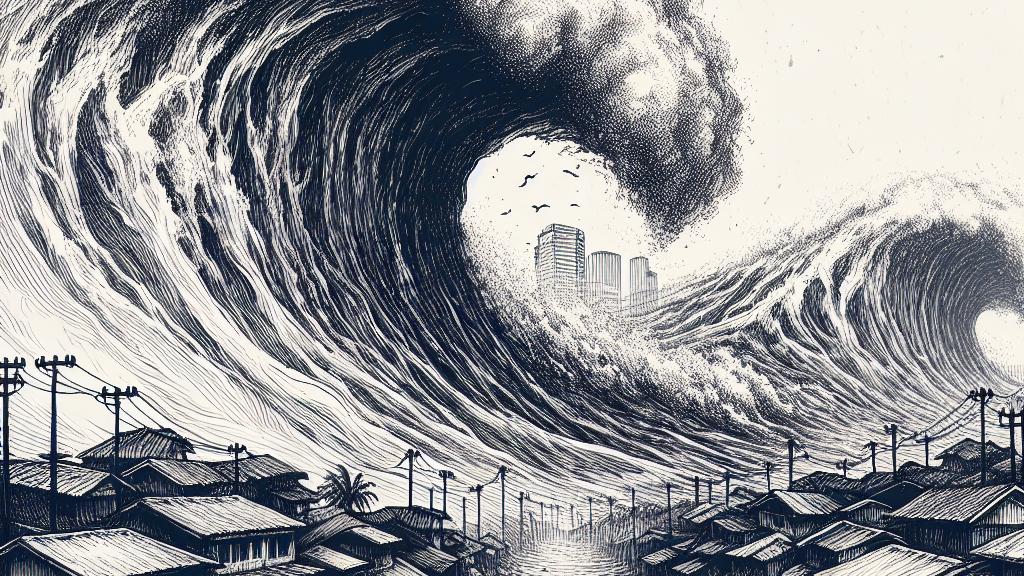Understanding Tsunami Preparedness and Awareness
Overview
- The devastating 2004 Indian Ocean tsunami was a wake-up call that exposed severe gaps in community awareness and evacuation measures.
- Thanks to significant advancements in technology, tsunami detection and warning systems have improved drastically since this disaster.
- Ongoing education and proactive community preparedness efforts are essential for minimizing risks and ensuring safety in future tsunami scenarios.

The Impact of the 2004 Tsunami
Picture this: December 26, 2004, a massive earthquake strikes off the coast of Sumatra, Indonesia, unleashing a catastrophic tsunami that no one saw coming. Waves soared to heights that could easily swallow entire buildings—some reaching up to 30 meters! This tragic event was not just a natural disaster; it taught us a harsh lesson about the fragility of life. Approximately 230,000 people lost their lives across 14 different countries in mere minutes, leaving devastation in its wake. What’s astonishing is that many survivors had never even encountered the word 'tsunami' before this disaster. This shocking reality illustrated a glaring need for better education and awareness. Communities worldwide realized that ignorance could be fatal, prompting an urgent shift in how we address tsunami preparedness.
Advancements in Tsunami Monitoring
Fast forward to the modern world, where we’ve made tremendous strides in tsunami monitoring technology. Enter the DART system—short for Deep-ocean Assessment and Reporting of Tsunamis. This innovative network, equipped with over 70 sensor buoys, monitors changes in water pressure and temperature in real-time. Imagine a scenario where seismic activity occurs on the ocean floor; these sensors promptly relay information, allowing warning centers to issue alerts almost instantly. Consider the 2011 Japan tsunami; thanks to these advancements, alerts were efficiently communicated, and many communities were evacuated swiftly, significantly reducing casualties. This technological progress stands in stark contrast to the chaos of 2004, where the world was largely blind to the threats in the Indian Ocean.
The Role of Education and Preparedness
Education is not merely important; it is absolutely critical for tsunami preparedness. Various organizations, from local governments to international NGOs, are actively working to educate communities about the dangers of tsunamis and the importance of safety protocols. Community drills, such as those conducted in schools and public spaces, are becoming commonplace. For example, in Hawaii, regular tsunami evacuation drills help residents understand not just what to do, but how to remain calm and effectively respond when alarms sound. These interactive exercises ensure that people know their evacuation routes and safety measures, transforming abstract lessons into tangible skills. Additionally, school programs often incorporate engaging activities, such as creating emergency kits or learning about the science behind tsunamis, making the learning experience both informative and enjoyable. By fostering a culture of preparedness, communities can empower their residents, enabling them to react efficiently and decisively in the face of danger—ultimately saving lives.

Loading...